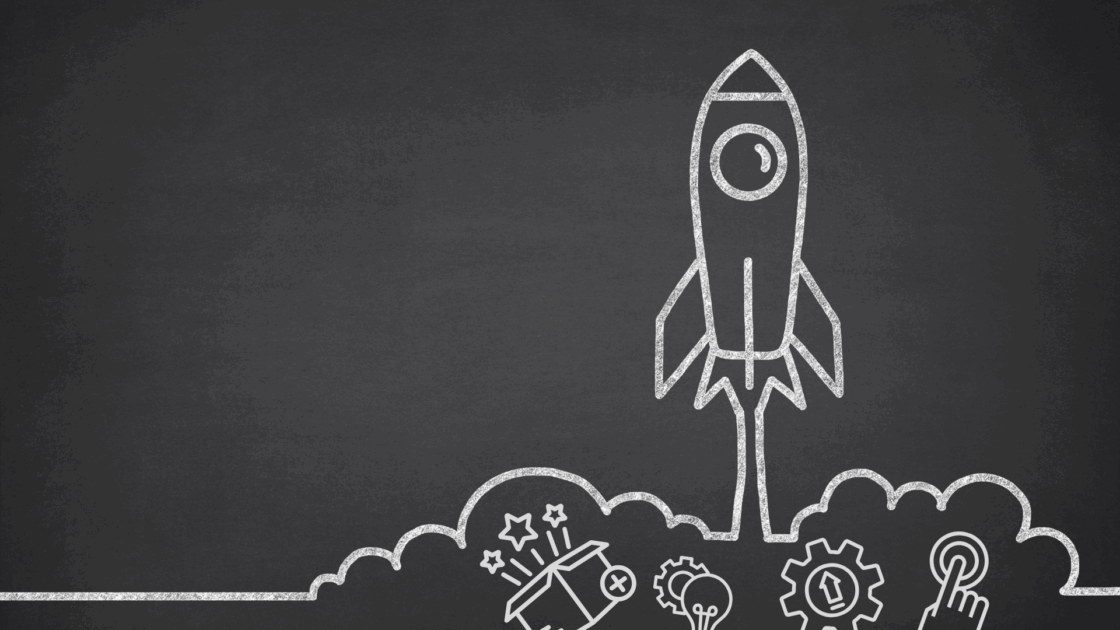Making Marketing More Human
How to Humanize Marketing
The new marketing mantra—just wanna connect
Hybrid work has exhausted us–digitally, that is. With more virtual meetings, less casual chat, and zero informal lunches…the workforce is stressed. Marketing to these same workers therefore, has to change. What we’re seeing is a big push to inject the human back into marketing.
When hybrid work and pandemic lockdowns started, all tried and true methods of B2B marketing and selling became much less effective. Opportunities to connect with customers were immediately curtailed, and in-person communication became all but impossible. Building and strengthening customer relationships in today’s digital world quickly became even more of a challenge. Today 55% of B2B enterprise marketers say it is one of their biggest challenges.
Knee jerk reactions were to panic and then double down on digital. Virtual events skyrocketed by 1,000%, marketing emails by 62%, sales calls by 28%, and ad spend by 22%. No question these efforts helped in the short term. But, a big unwanted side effect is that they contributed directly to customers’ growing digital burnout as 2020 slowly marched its locked-down days forward.
The digital intensity of workdays saw a huge increase in 2020. Microsoft shows that weekly meeting time more than doubled for Teams users (and continues to rise) and 7.6 billion more emails were delivered in February 2021 vs February 2020. Billion.
The net net is that a whopping 80% of revenue leaders say their targets are fatigued by increased virtual and digital engagement efforts.
Rolling the clock back
What are we supposed to do? How can we reach business and customers in this world of digital overwhelm? The short answer: connect with them directly. We can’t get rid of digital, obviously, but we can make it more human. Digital marketing efforts should be a jumping-off point for making connections, not the be all and end all.
We are seeing a return to some of the older–or shall we say, more mature–marketing channels. And by the unlikeliest of audiences. For example, in the USPS’s RARC report Millennials and the Mail, there is a surprising strong preference shown for actual physical mail (also called “direct mail advertising”):
- 84% of Millennials take the time to look through their mail, and 64% would rather look for “useful info” in the mail than from emails
- 87% of Millennials like receiving Marketing Mail
- 77% of Millennials pay attention to Marketing Mail
- 90% of Millennials think Marketing Mail is reliable
WHUT? Paper mail! With Millenials as the bellwether, we’re seeing person-to-person connection becoming paramount in this hybrid working world.
Is content still king?
In 2021, digital content creation remains a priority for B2B marketing efforts. We’re seeing 70% of B2B marketing investment going into content creation, whereas only 39% will be aimed at social media marketing and community engagement (MarketingProfs). Yet, we are also seeing cracks in the model. SiriusDecisions recently revealed that 60-70% of B2B content never even gets used.
What a disconnect. With the B2B marketing world lagging behind the new realities of post-pandemic marketing, we have to ask: are we simply throwing content at a problem that requires a completely new approach?
Are we not human? (humble props to Devo)
The answer that is slowly being born is something like compassionate, conversational, human marketing. In other words, B2B marketing of today is becoming B2H conversations. We need to start focusing on the person behind the business/consumer–and on meeting their needs rather than simply providing them with all the information we can about solving their business problem.
What does this look like? Instead of selling to a customer, we must instead help them buy. First and foremost, we need to connect and build trust with our customer. Full stop.
Once this has happened, we must ride that connection and thoughtfully guide them through the decision-making process. This may be a straightforward journey, or it may be a back and forth, side to side journey. Who knows? Our job as marketers is to provide options, all of them based on what the customer is thinking, doing, feeling.
The result will be delivering personalized, authentic messaging and experiences before we ever even start to convert leads into sales.
What helps humans connect?
Ask any mother, comedian, grandparent or author–it’s the story (stupid). There is power in story. Telling the story of the service or object we are attempting to sell reaches our audience on an emotional level, allowing connection and inviting a conversation.
I kid you not, stories are POWERFUL. If you haven’t heard of the 2009 experiment called the Significant Objects Project, check this out. Two journalists selected random, inexpensive items for sale at thrift stores and garage sales, then listed them on eBay with short descriptions by famous writers. The experiment set out to prove that stories affect the perceived value of things–and the price that people will pay for them.
It succeeded…spectacularly! A few months later, all of the items had sold on eBay, bringing in a grand total of more than $3,612. The connections established by these stories not only drove up the dollar value of the items (in one case, by more than 6000%–that’s right six THOUSAND), they also increased the intrinsic value to potential buyers.
Story is a powerful means to creating connection and starting a conversation, which in this increasingly digital age is crucial to standing out from the B2B marketing crowd.
Takeaway: Conversations over conversions
I don’t know about you, but my Zoom fatigue is real. So is email fatigue, and messaging fatigue, and just digital overload in general. These digital means of outreach were necessary last year, and we were lucky to have them, but now people are over it. Value is once more being placed on deeper, person-to-person connections, and anything less gets tuned out.
As marketers, we need to reexamine some of the tried-and-true techniques we might have discarded in our sudden rush to digital. Remember being excited to get personalized mail? Or actually talking to a person instead of a robot? Yeah, me too.
These days, it’s stories that are king. Shared stories make the difference between a stranger and a friend, and they’re the perfect starting point for us to connect with our customers. Moving forward, successful B2B marketing will be focused on the story behind the activity, on the person rather than the buyer, and on the conversation instead of the conversion.
Personally, I can’t wait for this shift to happen. Sign me up.






